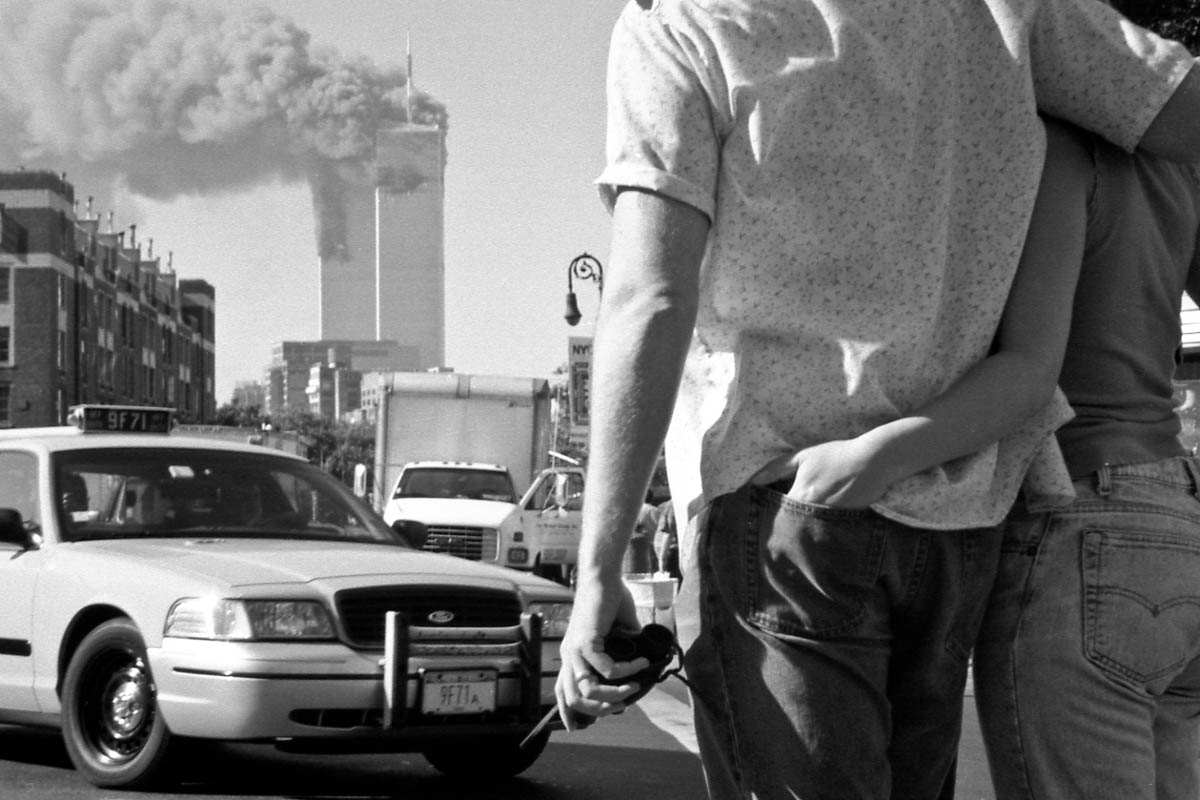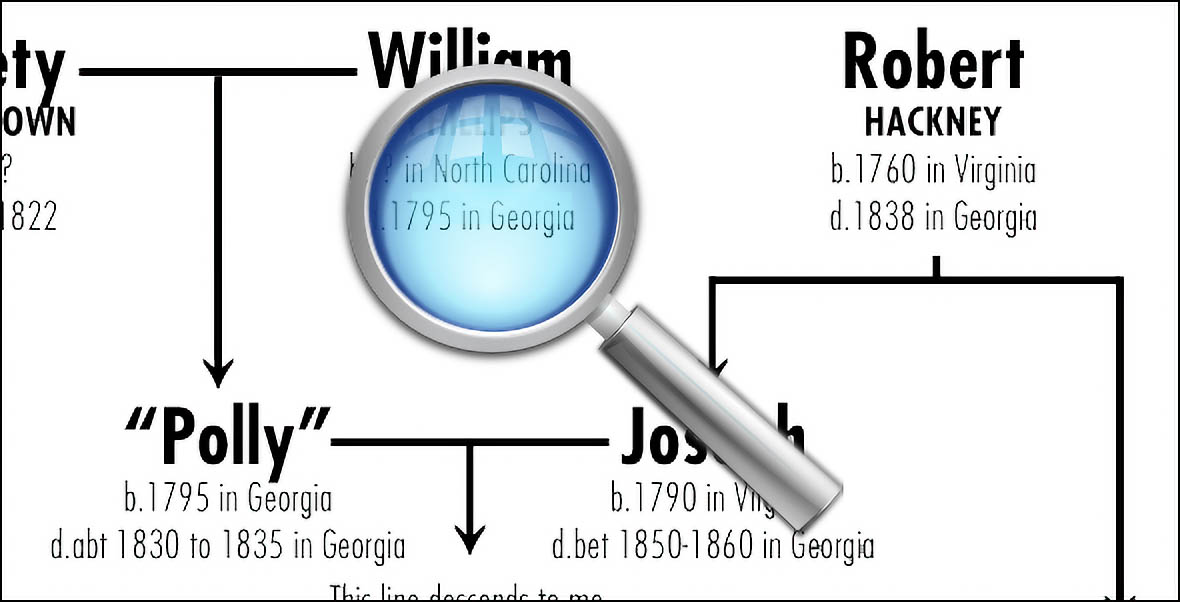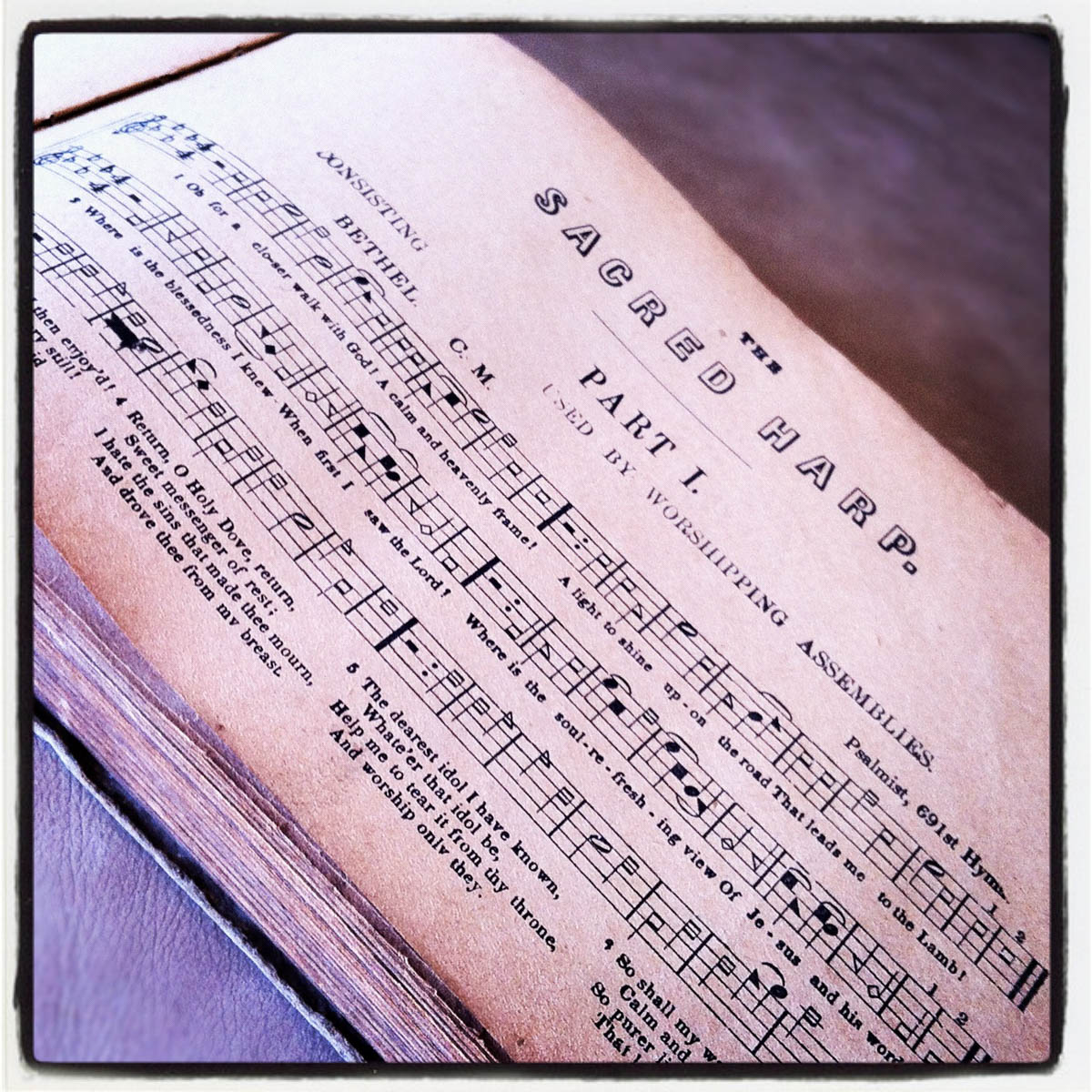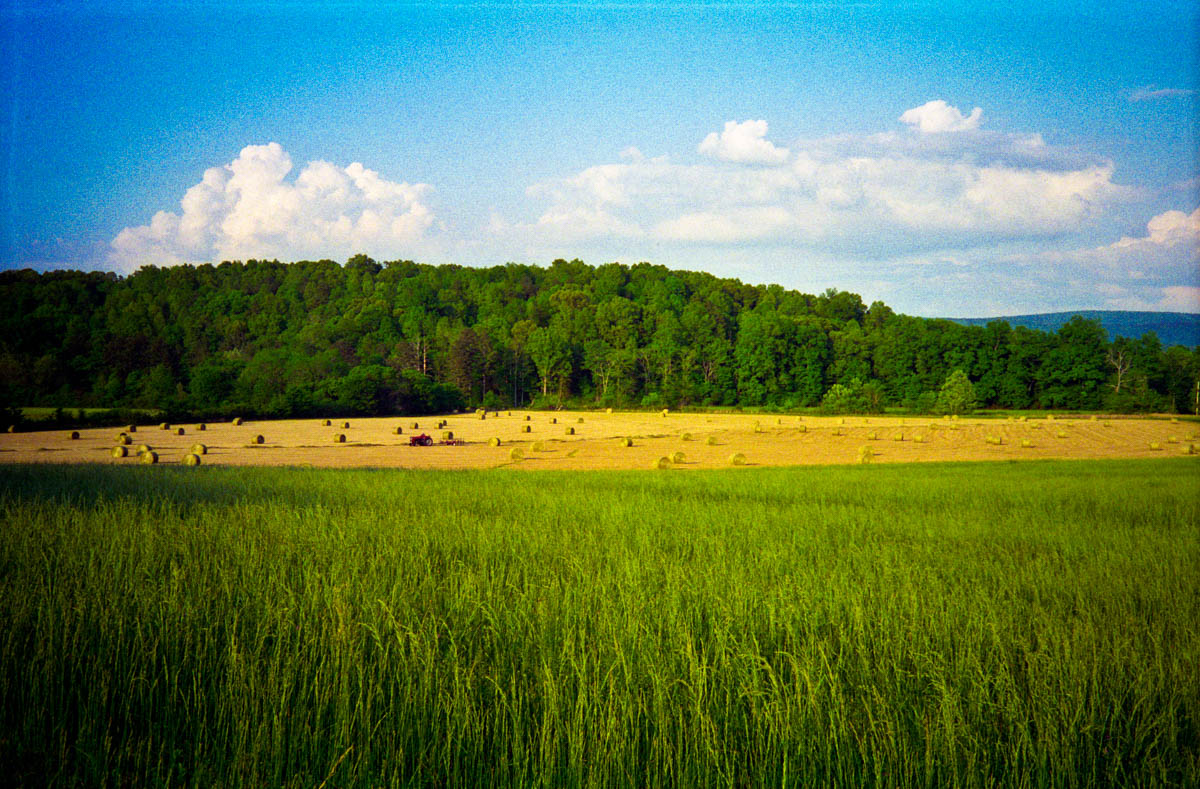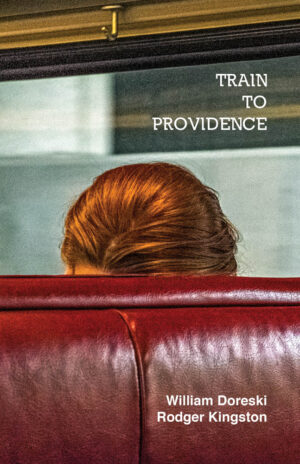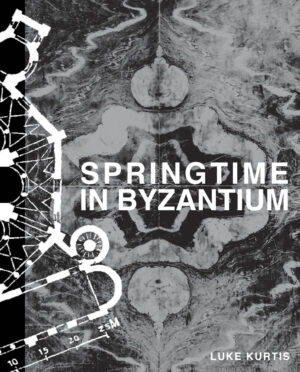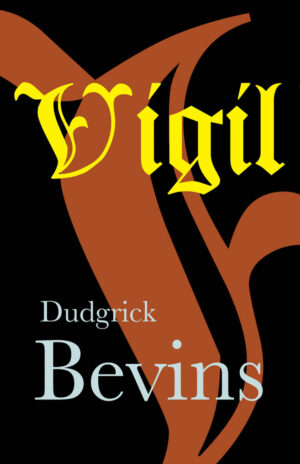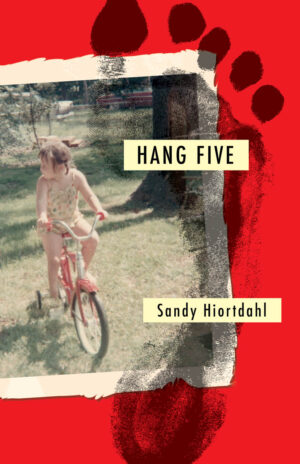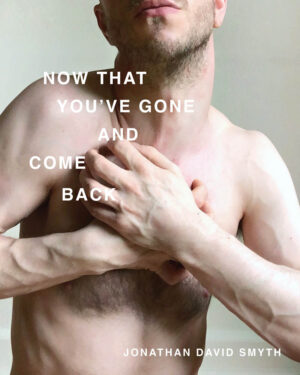Blackout! (or, A Time To Reflect)
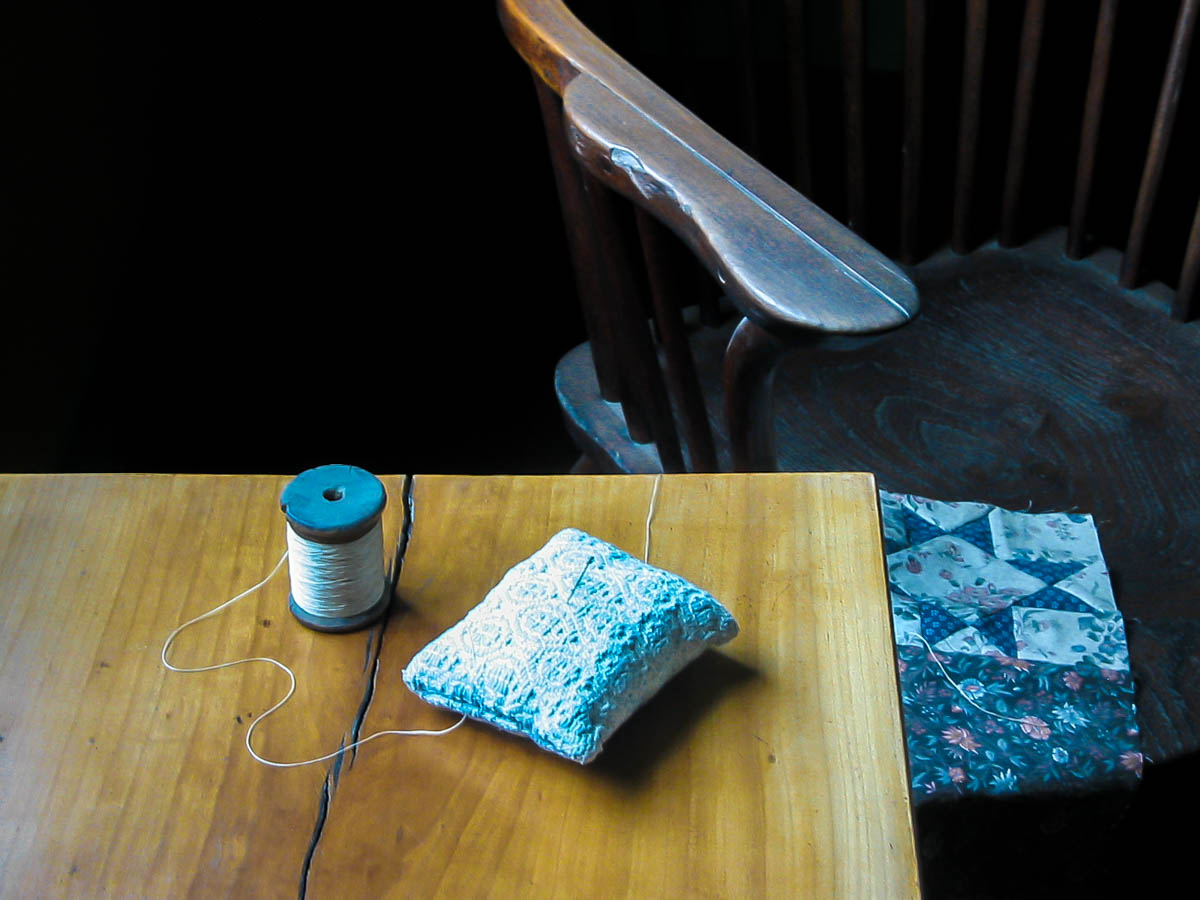
Regular readers of this blog will know that while I write about my Georgia homeland, I live in New York City. So, that means the past week has been a rough one. My apartment was without power from Sunday, October 28th, around 8:30 pm to about 4:30 am on Saturday, November 3rd. That’s a long time to spend “off the grid” with no power, heat, or water. I am fortunate, though, that my home is safe. Many people cannot say that in the wake of Hurricane Sandy. And my office has suffered a hard blow, too. I work at the very tip of Manhattan in a building that looks over the harbor. I look out at the Statue of Liberty every day. The storm damaged the building, which means that I have been swamped as an IT infrastructure engineer. In the business world, the work never pauses–not even for a hurricane. You can’t miss a beat. The past week has been trying, and there is more to do. The weeks ahead will bring many more long days.
During the blackout, I spent a lot of time contemplating my ancestors. Most of them lived without electricity their entire lives. I thought about how their homes and habits were more tailored to those circumstances. Daily schedules were dictated by daylight hours, and homes were made to stay warm without electricity, to name a few points. So many other details of their lives must have differed from ours. When we lose power, it is more than an inconvenience; it has a way of stopping us in our tracks. To temper that reaction, I tried to remember how my ancestors lived–and thrived–in a world without electricity. Contemplating that made it a little easier to get through the darkness.
Read More
